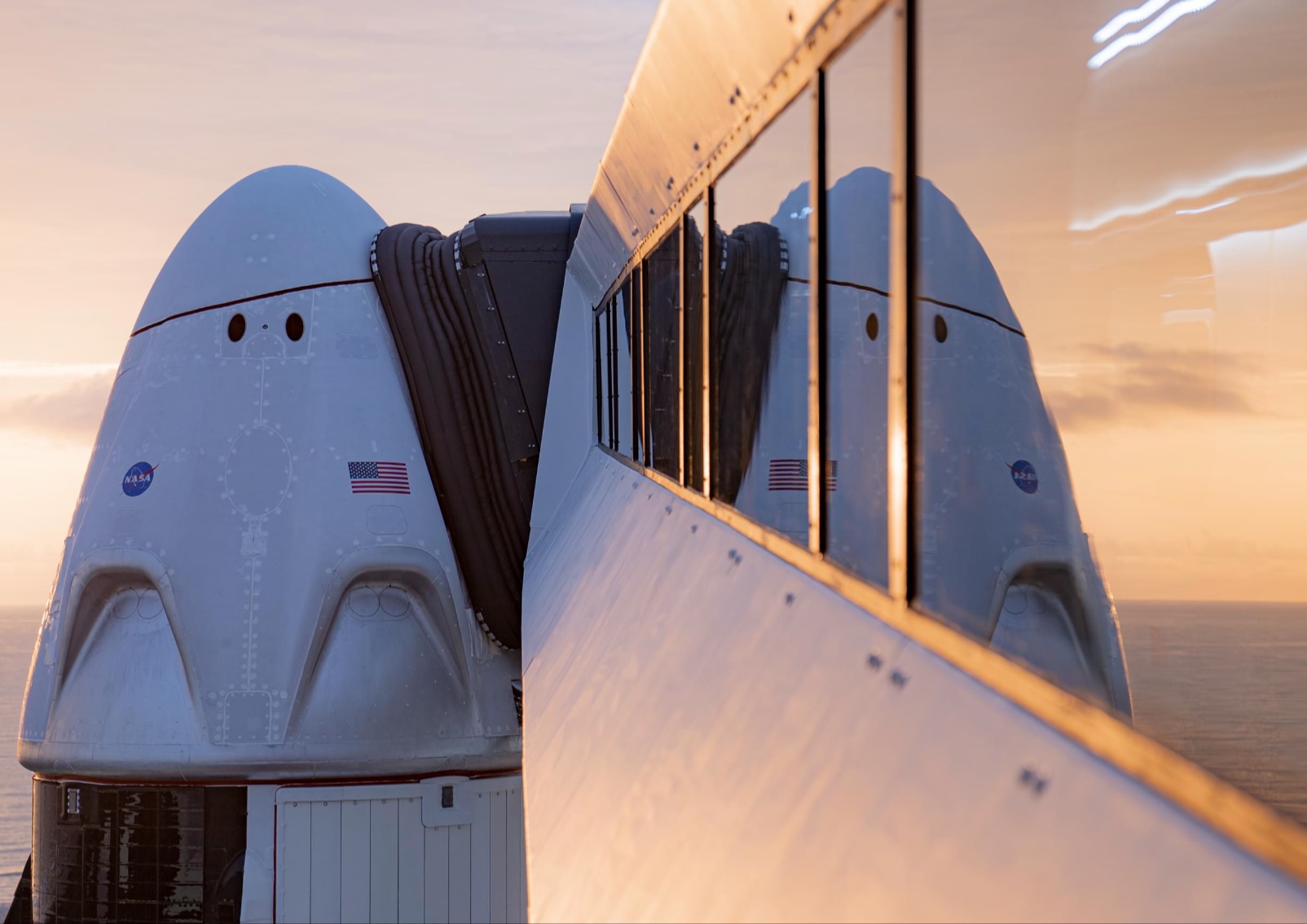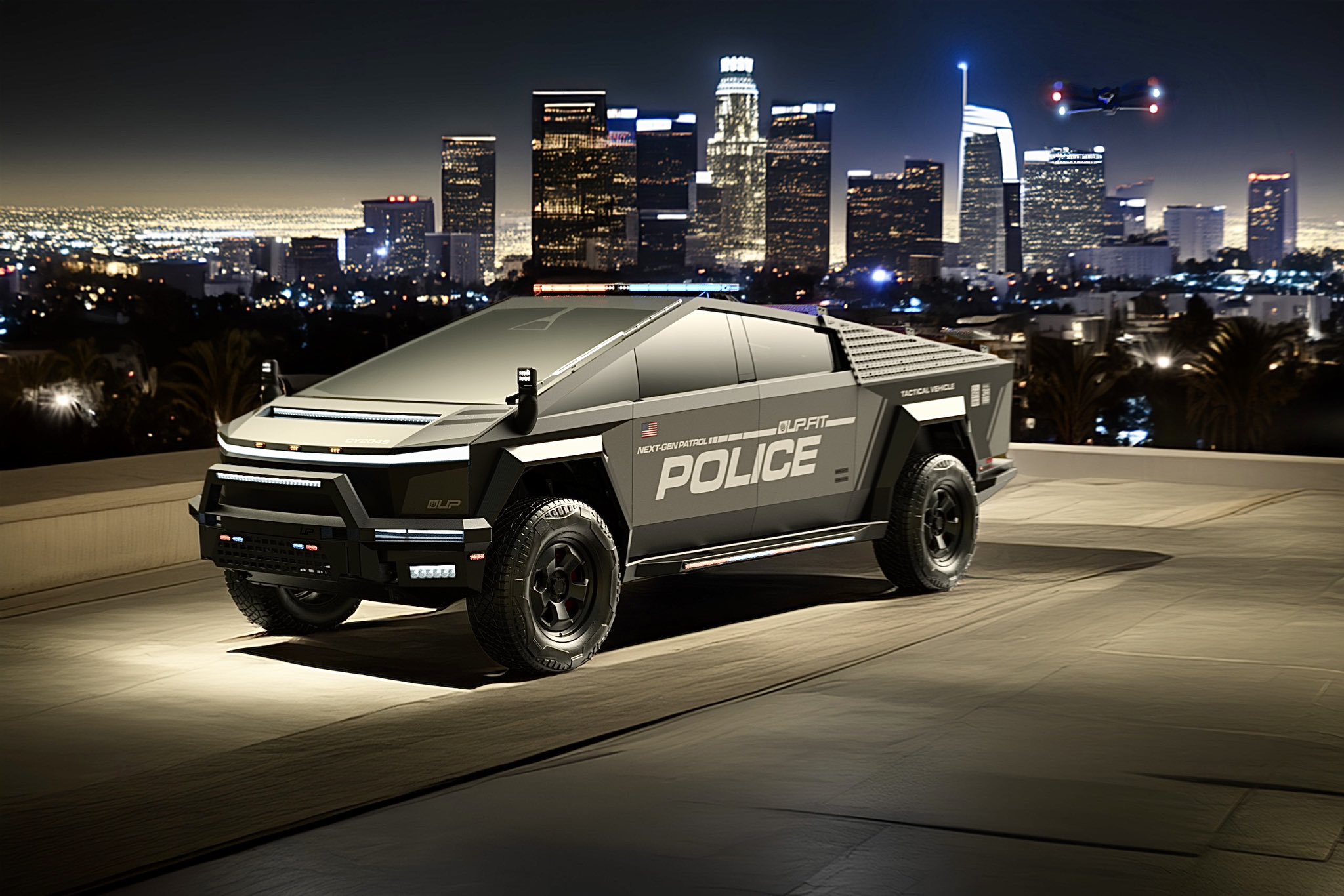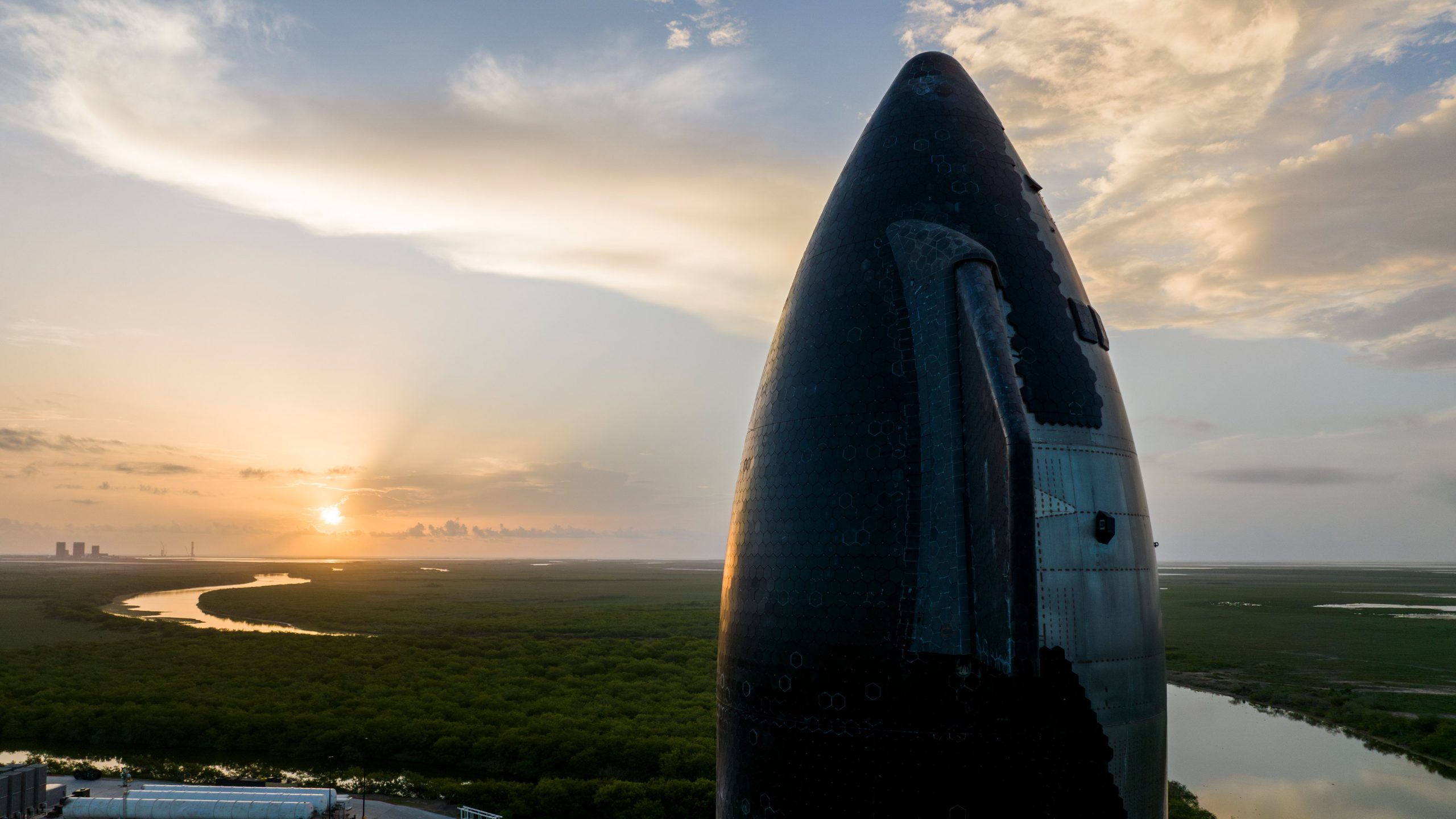SpaceX has responded to a critical report from CNBC alleging that it has repeatedly polluted waters in Texas this year. As per the private space company, the publication’s allegations about its launch operations in South Texas were factually inaccurate.
In its report, CNBC alleged that SpaceX violated environmental regulations by “repeatedly releasing pollutants into or near bodies of water in Texas.” The publication cited a notice of violation from the Texas Commission on Environmental Quality (TCEQ) about SpaceX’s water deluge system at Starbase, Texas, as part of its sources for its article.
The TCEQ reportedly received a complaint alleging that SpaceX “was discharging deluge water without TCEQ authorization” on August 2023. A total of 14 complaints alleging environmental impacts from Starbase’s deluge system have reportedly been received by the Harlingen region, the publication noted.
SpaceX repeatedly polluted waters in Texas this year, regulators found https://t.co/0KfZIxElxV— CNBC (@CNBC) August 12, 2024
In its response, which was posted through its official account on X, SpaceX noted that it worked with the TCEQ when Starbase’s water deluge system was built. SpaceX also clarified that it has only used potable water in the operations of Starship’s water deluge system.
Following is SpaceX’s full response to CNBC’s allegations.
CNBC’s story on Starship’s launch operations in South Texas is factually inaccurate.
Starship’s water-cooled flame deflector system is critical equipment for SpaceX’s launch operations. It ensures flight safety and protects the launch site and surrounding area.
Also known as the deluge system, it applies clean, potable (drinking) water to the engine exhaust during static fire tests and launches to absorb the heat and vibration from the rocket engines firing. Similar equipment has long been used at launch sites across the United States – such as Kennedy Space Center and Cape Canaveral Space Force Stations in Florida, and Vandenberg Space Force Base in California – and across the globe.
CNBC’s story on Starship’s launch operations in South Texas is factually inaccurate.
Starship’s water-cooled flame deflector system is critical equipment for SpaceX’s launch operations. It ensures flight safety and protects the launch site and surrounding area.
Also known as…— SpaceX (@SpaceX) August 12, 2024
SpaceX worked with the Texas Commission of Environmental Quality (TCEQ) throughout the build and test of the water deluge system at Starbase to identify a permit approach. TCEQ personnel were onsite at Starbase to observe the initial tests of the system in July 2023, and TCEQ’s website shows that SpaceX is covered by the Texas Multi-Sector General Permit.
When the EPA issued their Administrative Order in March 2024, it was done without an understanding of basic facts of the deluge system’s operation or acknowledgement that we were operating under the Texas Multi-Sector General Permit.
After we explained our operation to the EPA, they revised their position and allowed us to continue operating, but required us to obtain an Individual Permit from TCEQ, which will also allow us to expand deluge operations to the second pad. We’ve been diligently working on the permit with TCEQ, which was submitted on July 1st, 2024. TCEQ is expected to issue the draft Individual Permit and Agreed Compliance Order this week.
Throughout our ongoing coordination with both TCEQ and the EPA, we have explicitly asked if operation of the deluge system needed to stop and we were informed that operations could continue.
TCEQ and the EPA have allowed continued operations because the deluge system has always complied with common conditions set by an Individual Permit, and causes no harm to the environment.
Specifically:
– We only use potable (drinking) water in the system’s operation. At no time during the operation of the deluge system is the potable water used in an industrial process, nor is the water exposed to industrial processes before or during operation of the system.
– The launch pad area is power-washed prior to activating the deluge system, with the power-washed water collected and hauled off.
– The vast majority of the water used in each operation is vaporized by the rocket’s engines.
– We send samples of the soil, air, and water around the pad to an independent, accredited laboratory after every use of the deluge system, which have consistently shown negligible traces of any contaminants. Importantly, while CNBC’s story claims there are “very large exceedances of the mercury” as part of the wastewater discharged at the site, all samples to-date have in fact shown either no detectable levels of mercury whatsoever or found in very few cases levels significantly below the limit the EPA maintains for drinking water.
– Retention ponds capture excess water and are specially lined to prevent any mixing with local groundwater. Any water captured in these ponds, including water from rainfall events, is pumped out and hauled off.
– Finally, some water does leave the area of the pad, mostly from water released prior to ignition and after engine shutdown or launch. To give you an idea of how much: a single use of the deluge system results in potable water equivalent to a rainfall of 0.004 inches across the area outside the pad which currently averages around 27 inches of rain per year.
With Starship, we’re revolutionizing humanity’s ability to access space with a fully reusable rocket that plays an integral role in multiple national priorities, including returning humans to the surface of the Moon. SpaceX and its thousands of employees work tirelessly to ensure the United States remains the world’s leader in space, and we remain committed to working with our local and federal partners to be good stewards of the environment.
Don’t hesitate to contact us with news tips. Just send a message to simon@teslarati.com to give us a heads up.
News
SpaceX’s Crew-11 mission targets July 31 launch amid tight ISS schedule
The flight will lift off from Launch Complex 39A at Kennedy Space Center in Florida.

NASA and SpaceX are targeting July 31 for the launch of Crew-11, the next crewed mission to the International Space Station (ISS). The flight will lift off from Launch Complex 39A at Kennedy Space Center in Florida, using the Crew Dragon Endeavour and a Falcon 9 booster.
Crew Dragon Endeavour returns
Crew-11 will be the sixth flight for Endeavour, making it SpaceX’s most experienced crew vehicle to date. According to SpaceX’s director of Dragon mission management, Sarah Walker, Endeavour has already carried 18 astronauts representing eight countries since its first mission with NASA’s Bob Behnken and Doug Hurley in 2020, as noted in an MSN report.
“This Dragon spacecraft has successfully flown 18 crew members representing eight countries to space already, starting with (NASA astronauts) Bob (Behnken) and Doug (Hurley) in 2020, when it returned human spaceflight capabilities to the United States for the first time since the shuttle retired in July of 2011,” Walker said.
For this mission, Endeavour will debut SpaceX’s upgraded drogue 3.1 parachutes, designed to further enhance reentry safety. The parachutes are part of SpaceX’s ongoing improvements to its human-rated spacecraft, and Crew-11 will serve as their first operational test.
The Falcon 9 booster supporting this launch is core B1094, which has launched in two previous Starlink missions, as well as the private Ax-4 mission on June 25, as noted in a Space.com report.
The four-members of Crew-11 are NASA astronauts Zena Cardman and Mike Fincke, as well as Japan’s Kimiya Yui and Russia’s Oleg Platonov.
Tight launch timing
Crew-11 is slated to arrive at the ISS just as NASA coordinates a sequence of missions, including the departure of Crew-10 and the arrival of SpaceX’s CRS-33 mission. NASA’s Bill Spetch emphasized the need for careful planning amid limited launch resources, noting the importance of maintaining station altitude and resupply cadence.
“Providing multiple methods for us to maintain the station altitude is critically important as we continue to operate and get the most use out of our limited launch resources that we do have. We’re really looking forward to demonstrating that capability with (CRS-33) showing up after we get through the Crew-11 and Crew-10 handover,” Spetch stated.
Lifestyle
EV fans urge Tesla to acquire Unplugged Performance for edge in fleet and security industry
Unplugged Performance has built a name for itself by producing performance upgrades for Tesla vehicles.

A growing number of Tesla enthusiasts and longtime community voices are calling on the electric vehicle maker to acquire Unplugged Performance, a California-based aftermarket company best known for tuning Tesla vehicles and developing specialized government fleet solutions under its UP.FIT division.
The idea was once considered a niche proposal among EV fans, but it is now gaining serious attention not just as a performance play but as a strategic move to deepen Tesla’s roots in the fleet and security industry.
A strategic fit
Unplugged Performance has built a name for itself by producing performance upgrades for Tesla vehicles, from track-optimized components to visual and aerodynamic upgrades. But in recent years, its UP.FIT division has pivoted toward a more functional future by outfitting Tesla vehicles like Model Ys for police, military, and government use.
That work has sparked growing calls for closer collaboration with Tesla, especially as the EV maker increasingly leans into autonomy, AI, and fleet services as core components of its next chapter.
“I posted this four years ago, but I think it’s more true now than ever,” wrote Whole Mars Catalog, a well-known Tesla investor and FSD Beta tester, on X. “Tesla should buy Unplugged. But not just as a Performance division. What they are doing with UP.FIT unlocks large government and commercial fleet purchases that can improve utilization.”
Tesla fans such as shareholder Sawyer Merritt echoed the sentiment, calling Unplugged a “great fit within Tesla.” adding, “They are literally located directly next to Tesla’s design studio in Hawthorne.”
Enabling the next wave
Supporters of the idea noted that integrating Unplugged into Tesla’s corporate structure could help accelerate the adoption of autonomous technologies in government sectors. With UP.FIT patrol cars already in use across some U.S. police departments, Tesla fans envisioned a future where self-driving Teslas could potentially revolutionize law enforcement, search-and-rescue, and public service logistics.
“Just imagine how autonomous patrol cars could transform policing and bring us into a safer future,” the veteran FSD tester wrote.
The benefits could also extend to Tesla’s existing consumer base. “They also have some incredible products in the works that I think will appeal to many ordinary Tesla drivers — not just those looking for performance or mods. Stuff that’s so good it should have come straight from the design studio next door,” Whole Mars Catalog noted.
Unplugged Performance, founded in 2013, shares not just a product vision with Tesla, but also geography. Its Hawthorne headquarters sits directly adjacent to Tesla’s design studio, and the two companies have maintained a close working relationship over the years. The aftermarket firm has long positioned itself as a “mission-aligned” partner to Tesla.
In response to the recent calls for acquisition, Unplugged Performance acknowledged the support from the community. “Our very existence is to support the Tesla mission with @UpfitTesla and @UnpluggedTesla,” Unplugged CEO Ben Schaffer posted on X. “We love working with Tesla and are grateful for the community’s support since 2013!”
News
Tesla debuts hands-free Grok AI with update 2025.26: What you need to know
All new Tesla vehicles delivered on or after July 12, 2025, will include Grok AI out of the box

Tesla has begun rolling out Grok, an in-car conversational AI assistant developed by xAI, to eligible vehicles starting July 12. The feature marks the most direct integration yet between Elon Musk’s artificial intelligence startup and Tesla’s consumer product lineup, offering drivers hands-free access to a chat-style companion while on the road.
Grok comes pre-installed on new vehicles
According to Tesla’s FAQ page for the feature, all new vehicles delivered on or after July 12, 2025, will include Grok AI out of the box. Owners of older vehicles may gain access through an over-the-air update, provided their vehicle meets a few hardware and software requirements.
Specifically, Grok is currently only supported on Tesla models equipped with an AMD infotainment processor and running vehicle software version 2025.26 and higher. Compatible models include the Model S, Model 3, Model X, Model Y, and Cybertruck. A Premium Connectivity subscription or active Wi-Fi connection is also required.
Tesla notes that additional vehicle compatibility may arrive in future software updates.
Grok’s features and limitations for now
Drivers can engage with Grok using the App Launcher or by pressing and holding the voice command button on the steering wheel. Grok is designed to answer questions and hold conversations using natural language, offering responses tailored to its chosen personality—ranging from “Storyteller” to the more eccentric “Unhinged.”
For fun, Tesla posted a demonstration of Grok likely running on “Unhinged” talking about what it would do to Optimus when they are on a date, much to the shock of the humanoid robot’s official social media account.
It should be noted, however, that Grok cannot currently issue commands to the vehicle itself, at least for now. Traditional voice commands for tasks like climate control, navigation, or media remain separate from Grok as of writing.
The feature is being released in Beta and does not require a Grok account or xAI subscription to activate, although that policy may change over time.
Grok privacy and in-car experience
Tesla emphasizes that interactions with Grok are securely processed by xAI and not linked to a user’s Tesla account or vehicle. Conversations remain anonymous unless a user signs into Grok separately to sync their history across devices.
Tesla has also begun promoting Grok directly on its official vehicle webpages, showcasing the feature as part of its in-car experience, further highlighting the company’s increasing focus on AI and infotainment features on its all-electric vehicles.
-

 Elon Musk2 weeks ago
Elon Musk2 weeks agoTesla investors will be shocked by Jim Cramer’s latest assessment
-

 Elon Musk3 days ago
Elon Musk3 days agoxAI launches Grok 4 with new $300/month SuperGrok Heavy subscription
-

 Elon Musk5 days ago
Elon Musk5 days agoElon Musk confirms Grok 4 launch on July 9 with livestream event
-

 News1 week ago
News1 week agoTesla Model 3 ranks as the safest new car in Europe for 2025, per Euro NCAP tests
-

 Elon Musk1 week ago
Elon Musk1 week agoxAI’s Memphis data center receives air permit despite community criticism
-

 News2 weeks ago
News2 weeks agoXiaomi CEO congratulates Tesla on first FSD delivery: “We have to continue learning!”
-

 News2 weeks ago
News2 weeks agoTesla sees explosive sales growth in UK, Spain, and Netherlands in June
-

 Elon Musk2 weeks ago
Elon Musk2 weeks agoTesla scrambles after Musk sidekick exit, CEO takes over sales



















